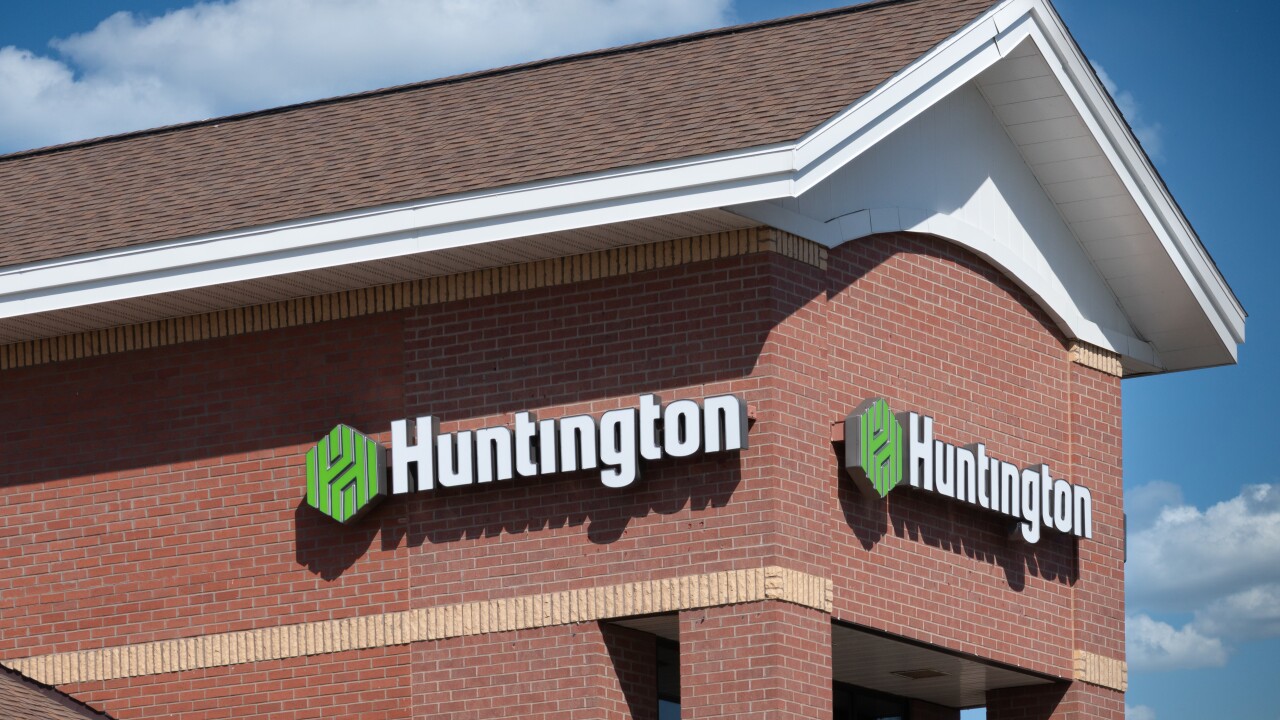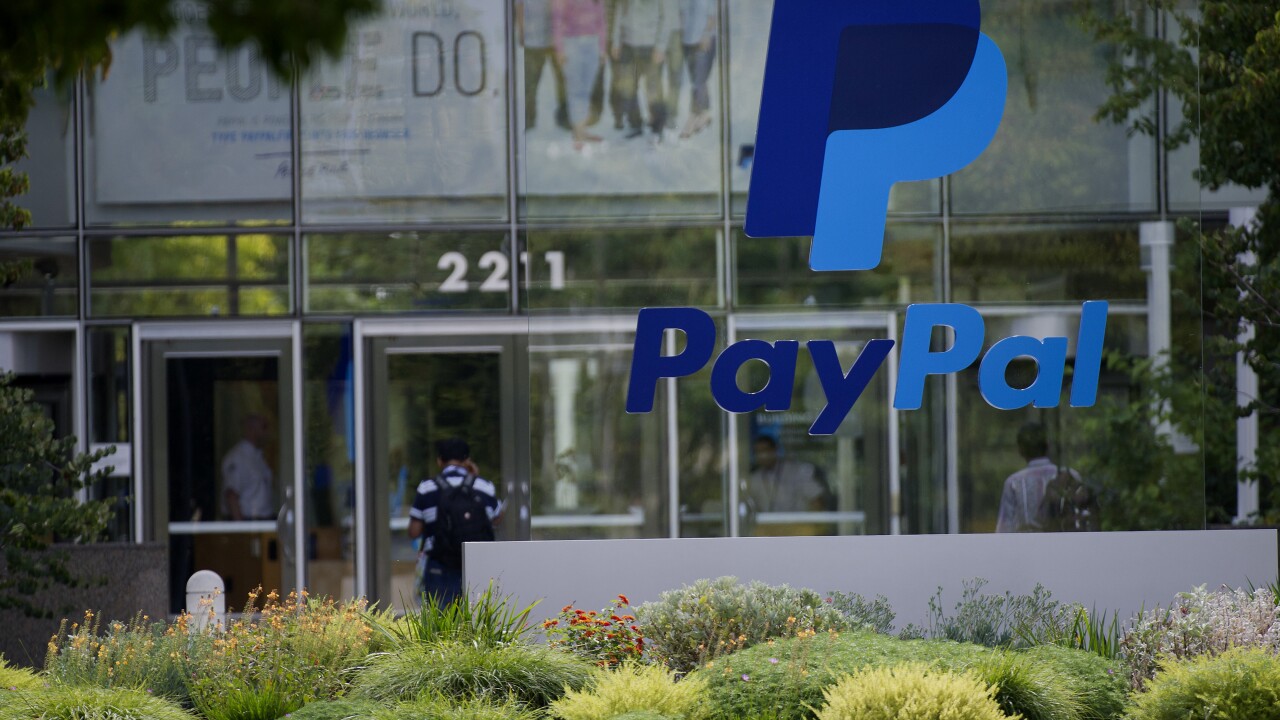As e-commerce continues to outpace physical retail sales, offering the right mix of payment options for customers is critical for online retailers in driving revenue and loyalty.
Retailers and banks must cater to local purchasing preferences if they seek to meet the changing needs of their domestic consumers or conduct business across borders, which includes growth opportunities and innovation.
Incorporating secure alternative payment options such as bank transfers and cash transactions enables retailers to cast a wider net to appeal to more shoppers while ramping up conversion rates and customer satisfaction.
As a result, reforms to regional data protection laws have already been passed. Leveraging the latest technologies will ensure customers — and merchants — can conduct transactions freely.
Credit and debit cards only serve a portion of the total addressable market, leaving billions of dollars in potential spend on the table for e-commerce merchants. That is starting to shift across the globe, specifically in Latin America. During the first quarter there was a huge push for digital acceleration of e-commerce, largely due to the pandemic. Shortly after COVID-19 set in, we saw 13 million Latin American consumers make their first-ever online purchases using contactless payments, according to a
There are many reasons behind this phenomenon. As more countries emerge from lockdown, businesses and consumers will be faced with a new world, and yet many long-term trends from the pre-COVID era will remain. According to
Before COVID-19,
The transition to an entirely mobile-first mindset in the digital age has been anticipated for some time. With COVID-19, digital e-commerce became a non-negotiable for some under lockdown, with consumers spending on categories such as retail and groceries. China's online grocery market is now expected to grow 62.9% in 2020 to 264 billion yuan compared to a 29.2% growth in 2019,
E-commerce players are expanding their payment options by leveraging alternative payment solutions that enable them to reach these consumers efficiently and securely. Accepting alternative forms of payment empowers more consumers to participate in the digital economy, while opening the door for e-commerce merchants to tap into a larger consumer base.A series of global payment reports released by
A
With solutions that offer this functionality, the merchant receives a notification once the payment has been made so they can collect and finalize the transaction. This offers consumers the flexibility to fit their necessities with opportunities around them.
Some consumers are reluctant to use credit cards out of fear of accumulating debt due to interest rates. Others lack trust in the security and privacy of credit card payments. Worldwide, payment card losses due to fraud totaled
For customers who are fearful of fraud, it is also important to seek alternative payment solutions that are compliant with regulations such as the Revised Payment Service Directive (PSD2) and follow strict anti-money-laundering and know-your-customer procedures. China's Ministry of Public Security has already





